Carotid Artery Disease
Stenosis, or stiffening, of the carotid arteries occurs when fatty deposits, or plaques, adhere to the walls of the arteries that supply blood to the brain. This causes narrowing and decreased perfusion to the brain, which can potentially lead to a stroke. Strokes are the leading cause of permanent disability in the U.S. Our surgeons can monitor and, if necessary, perform surgery to remove the plaque
Risk Factors
- Smoking
- High cholesterol
- Hypertension
- Diabetes
Symptoms
- Many patients with carotid disease have no symptoms
- Weakness, numbness and slurred speech can be signs of a stroke or transient ischemic attack (TIA), often referred to as mini-strokes
Diagnosis
- Carotid duplex ultrasound: An ultrasound that measures the velocity of blood flow in the carotid arteries. Increased velocities suggest narrowing
- CTA: If carotid stenosis progresses to the point of potential surgical intervention, a CT-Angiography scan can help your surgeon determine and plan for surger
Treatment
- For mild to moderate disease, aspirin and statin cholesterol medications are used to decrease the progression of your plaque.
- For patients who are current smokers, smoking cessation
- Surgical removal of plaque if plaque is large enough
Learn more
Peripheral Artery Disease (PAD)
Varicose and Spider Veins
Deep Venous Thrombosis (DVT)
Abdominal Aortic Aneurysm (AAA)
Peripheral Aneurysmal Disease
Carotid Artery Disease
Dialysis Access
Wound Care
Vascular Lab
Giant Cell Arteritis
Lymphedema
Mesenteric Ischemia

Peripheral Artery Disease
Peripheral Artery Disease, commonly referred to as PAD, is a chronic condition...
Read More

Varicose and Spider Veins
Varicose veins are twisted, enlarged veins, most commonly found in the legs....
Read More
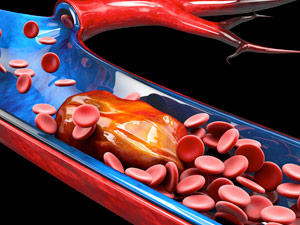
Deep Venous Thrombosis
A Deep Venous Thrombosis (DVT) is a blood clot that forms in the deep veins in the body....
Read More

Abdominal Aortic Aneurysm
The aorta is the largest artery in the body. The walls of the segment of the aorta in the abdomen...
Read More
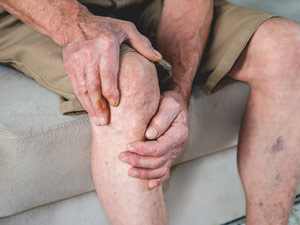
Peripheral Aneurysmal Disease
An aneurysm is a bulging of the artery caused by the weakening of the walls of the artery....
Read More
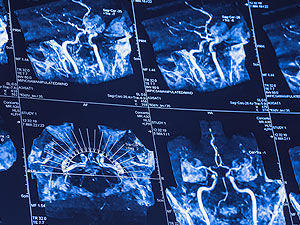
Carotid Artery Disease
Stenosis, or stiffening, of the carotid arteries occurs when fatty deposits, or plaques, adhere to the walls...
Read More

Dialysis Access
Our kidneys filter wastes and excess fluid from our bodies. Some patients suffer from...
Read More

Wound Care
Whether you’ve had a wound for a short period of time or wounds that recur over time, open wounds can interfere...
Read More

Vascular Lab
Ultrasound exams, also called sonograms, are painless, fast and especially useful to help your physician diagnosis...
Read More
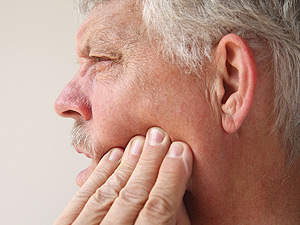
Giant Cell Arteritis
Giant cell arteritis is inflammation of the walls of the arteries, most commonly in the arteries in the head....
Read More
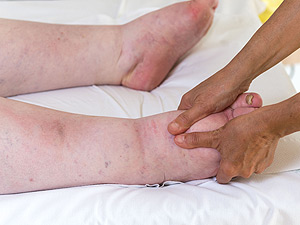
Lymphedema
Lymphedema is the buildup of lymph fluid in the arms or legs. Lymph fluid is usually filtered by lymph nodes,...
Read More
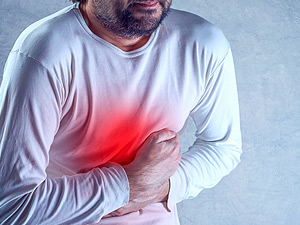
Mesenteric Ischemia
Mesenteric Ischemia is poor blood supply to the mesenteric organs, like the intestines, stomach, liver and colon....
Read More
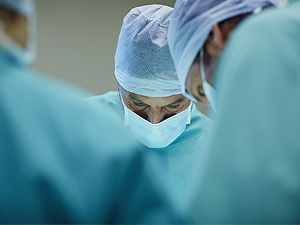
Meet Our Team
Our surgeons see patients for aneurysmal diseases of the arteries, peripheral artery disease,...
Read More